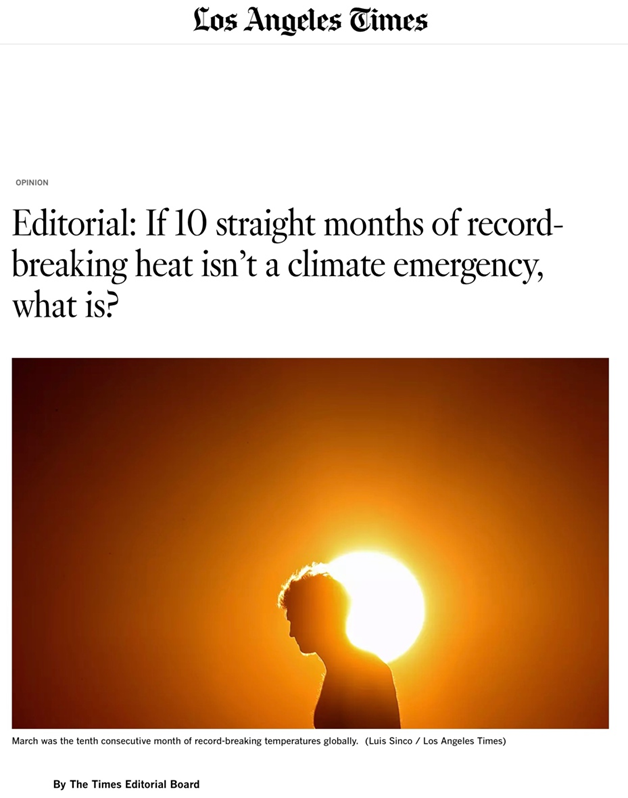Wow: Warmist Andrew Weaver suggests that full development of the tarsands would boost the average global temperature by just 0.03 degrees Celsius; warmist Ken Caldeira says “I don’t believe that whether the pipeline is built or not will have any detectable climate effect”
http://tomnelson.blogspot.com/2013/08/wow-warmist-andrew-weaver-suggests-that.html
Climate science: A line in the sands : Nature News & CommentThe environmental impact must also be weighed against issues such as safety and energy security, says Andrew Weaver, a climate scientist at the University of Victoria in British Columbia, who was elected this year to the province’s parliament as a member of the Green Party. He refuses to weigh in on whether the pipeline should be built, saying that the decision rests with the United States. But he calls the argument for North American energy security “quite compelling”. …He and a student calculated what would happen to global temperatures if the tar sands were fully developed. The proven reserves — those that could be developed with known technologies — make up roughly 11% of the global total for oil, and Weaver’s model suggested that full development would boost the average global temperature by just 0.03 degrees Celsius (N. C. Swart and A. J. Weaver Nature Clim. Change 2, 134–136; 2012). Weaver says that the initial focus should be on coal, which he found would have 30 times the climate impact of oil if the world burned all proven coal reserves….“As a serious strategy for dealing with climate, blocking Keystone is a waste of time,” says David Victor, a climate-policy expert at the University of California, San Diego. “But as a strategy for arousing passion, it is dynamite.”…For Ken Caldeira, a climate researcher at the Carnegie Institution for Science in Stanford, California, it is a simple question of values. “I don’t believe that whether the pipeline is built or not will have any detectable climate effect,” he says. “The Obama administration needs to signal whether we are going to move toward zero-emission energy systems or whether we are going to move forward with last century’s energy systems.”



